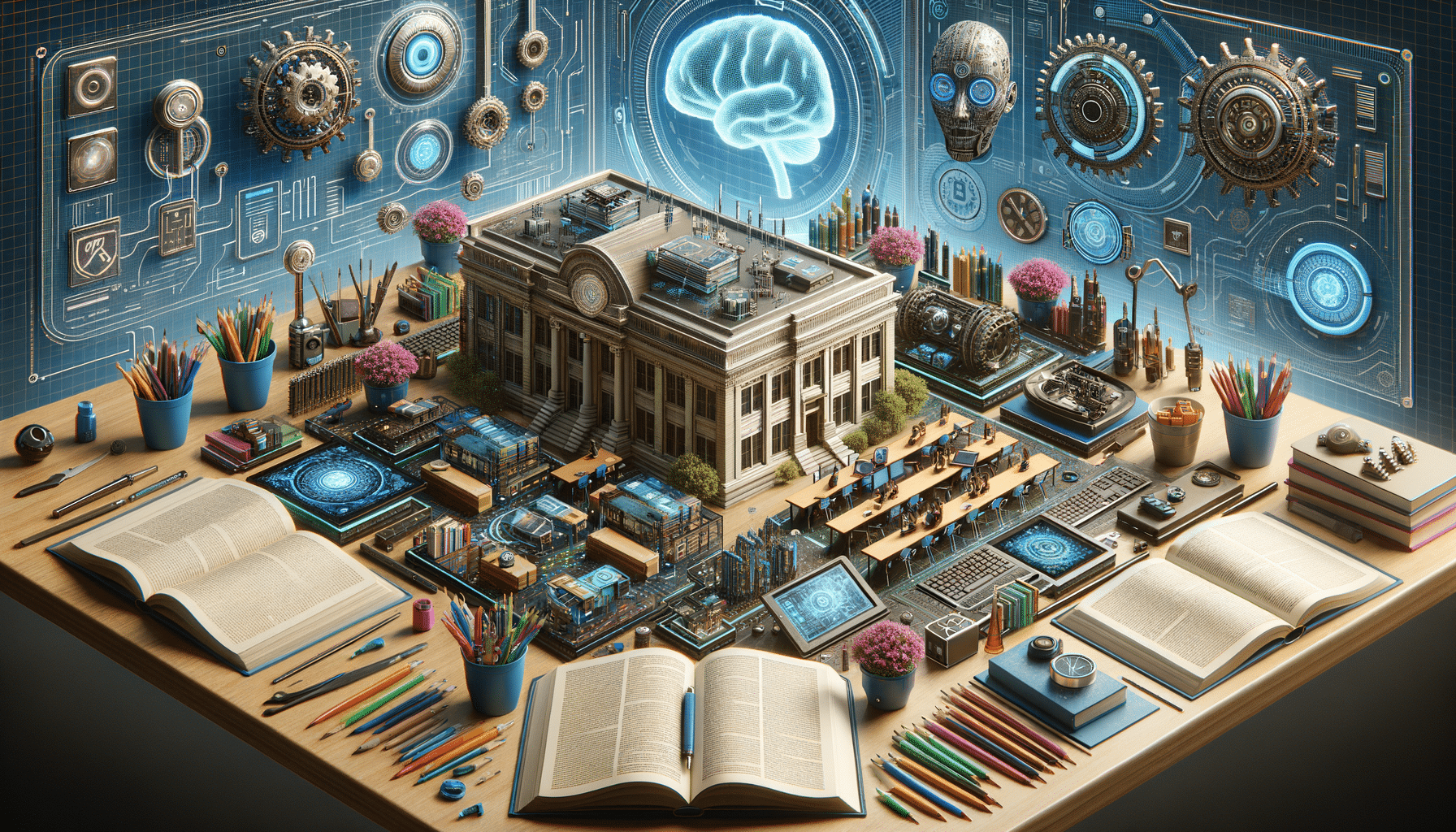
AI-Powered Trade Schools: Revolutionizing Skill Development for the Future
The Evolution of Trade Schools in the Digital Age
Trade schools have long been a cornerstone of vocational education, providing practical skills and training for various industries. However, the integration of AI technology is transforming these institutions, making them more relevant than ever in the digital age. AI-powered trade schools are now at the forefront of educational innovation, offering students unique opportunities to engage with cutting-edge technology.
AI technology allows trade schools to offer personalized learning experiences tailored to each student’s needs. This individualized approach ensures that students receive the specific training required to excel in their chosen fields. Moreover, AI tools can analyze a student’s progress in real-time, providing instant feedback and allowing for adjustments in the learning path as needed.
In addition to personalized learning, AI-powered trade schools are leveraging technology to create immersive, hands-on simulations. These simulations offer students a safe environment to practice their skills and gain experience without the risks associated with real-world training. As a result, students can build confidence and competence in their abilities, preparing them for successful careers.
Advantages of AI-Driven Learning Tools
AI-driven learning tools are revolutionizing the educational landscape by offering numerous advantages over traditional methods. One significant benefit is the ability to provide customized learning experiences. AI systems can assess individual learning styles and adapt content delivery to suit each student’s preferences, enhancing engagement and retention.
Another advantage is the efficiency of AI systems in processing and analyzing vast amounts of data. This capability allows for the rapid identification of areas where students may struggle, enabling instructors to address these issues promptly. Furthermore, AI can automate routine tasks, freeing educators to focus on more complex aspects of teaching and mentorship.
AI-driven tools also facilitate collaboration and communication among students and instructors. By utilizing AI-powered platforms, students can interact with peers and teachers from anywhere in the world, fostering a global learning community. This connectivity enhances the educational experience by exposing students to diverse perspectives and ideas.
Real-World Applications and Success Stories
AI-powered trade schools are already making a significant impact in various industries. For example, in the healthcare sector, AI-driven simulations are being used to train medical professionals in complex procedures, improving patient outcomes and reducing errors. Similarly, in the automotive industry, AI tools are helping students learn about advanced vehicle technologies, preparing them for careers in a rapidly evolving field.
Several success stories highlight the effectiveness of AI-powered trade schools. Students who have completed AI-driven programs often report higher levels of confidence and competence in their skills. Employers also note that graduates from these programs are better prepared to meet the demands of modern workplaces, thanks to their exposure to advanced technology and hands-on training.
These real-world applications demonstrate the value of AI-powered trade schools in bridging the gap between education and industry. By equipping students with the skills and knowledge needed to thrive in their chosen fields, these institutions are playing a crucial role in shaping the workforce of the future.
Challenges and Considerations in Implementing AI in Trade Schools
While the benefits of AI-powered trade schools are clear, implementing this technology presents several challenges. One of the primary concerns is the cost associated with developing and maintaining AI systems. Schools must invest in infrastructure, software, and training to ensure successful integration, which can be a significant financial burden.
Another consideration is the need for skilled educators who can effectively utilize AI tools in the classroom. Training instructors to work with AI technology is crucial to maximizing its potential and ensuring that students receive quality education. Additionally, there may be resistance from both educators and students who are accustomed to traditional teaching methods.
Ethical considerations also play a role in the implementation of AI in education. Ensuring data privacy and security is paramount, as AI systems often rely on collecting and analyzing personal information. Schools must establish robust protocols to protect student data and maintain trust in AI-powered learning environments.
The Future of AI-Powered Trade Schools
The future of AI-powered trade schools looks promising, with continued advancements in technology poised to enhance educational experiences further. As AI systems become more sophisticated, they will offer even greater levels of personalization and interactivity, making learning more engaging and effective.
In the coming years, we can expect to see AI-powered trade schools expanding their offerings to include a broader range of industries and specialties. This growth will provide students with diverse opportunities to pursue their interests and develop the skills needed for successful careers.
Moreover, AI technology will likely play a significant role in addressing global educational challenges, such as access to quality education in underserved regions. By leveraging AI-powered platforms, trade schools can reach students worldwide, providing them with the tools and resources needed to succeed in an increasingly competitive job market.
In conclusion, AI-powered trade schools are revolutionizing skill development by offering innovative, personalized learning experiences. As these institutions continue to evolve, they will play a vital role in shaping the future workforce, equipping students with the skills and knowledge needed to thrive in a rapidly changing world.


